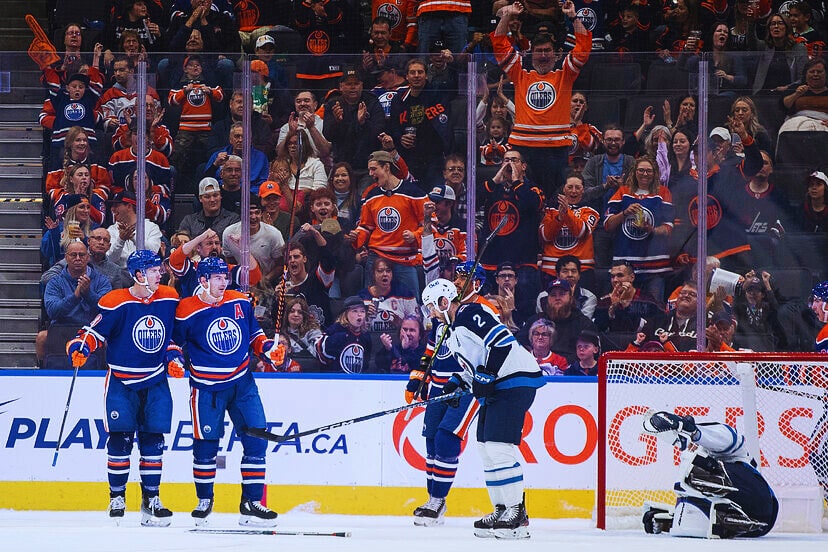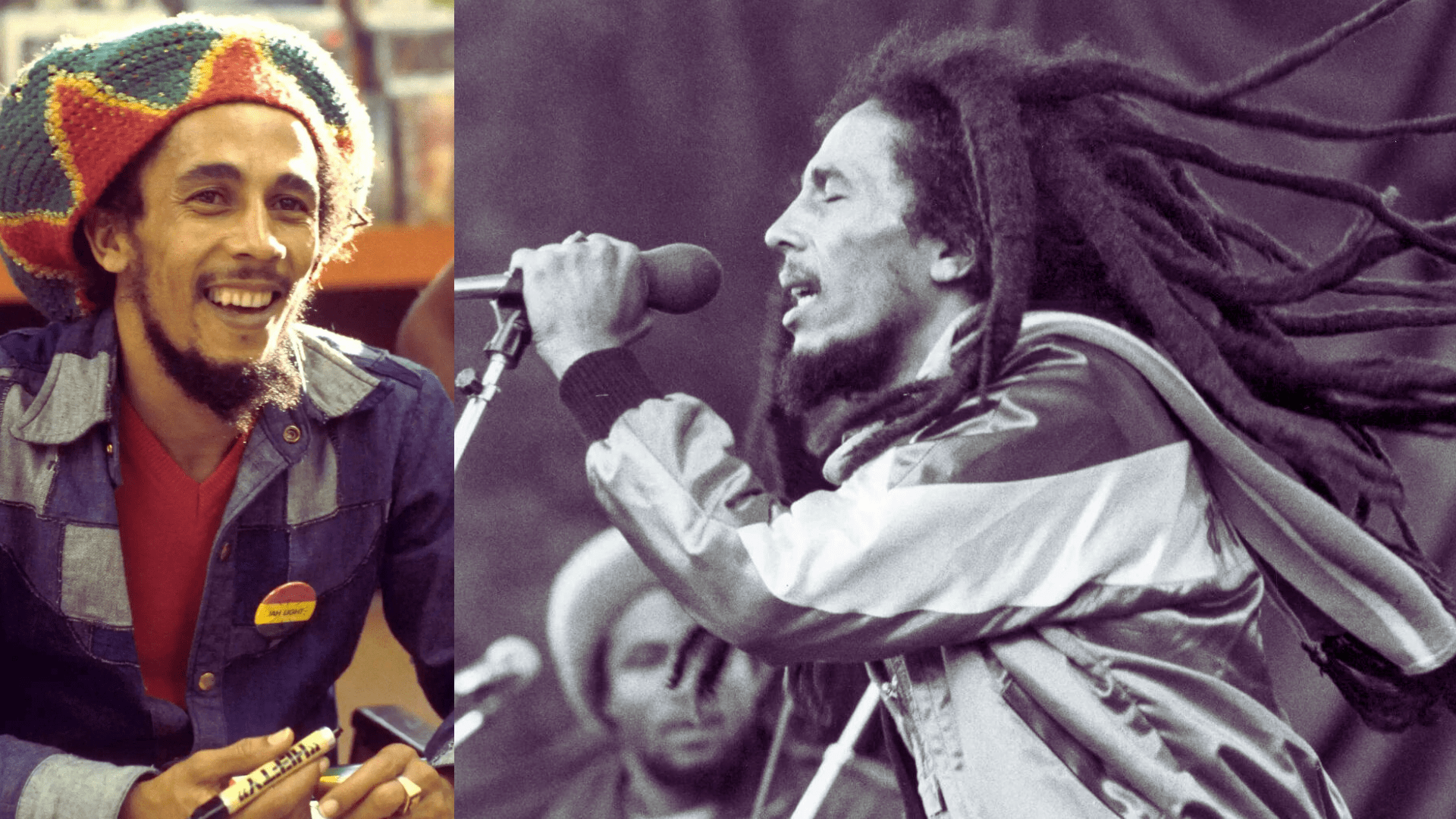In hockey, a standard game is divided into three periods. Each period lasts for 20 minutes of playtime. Between these periods, there are intermissions, typically lasting 15 to 18 minutes, allowing players to rest and strategize for the next period. This structure is distinct from many other sports, which might be played in halves or quarters. The three-period format in hockey is designed to provide a balanced game flow and ensure that the ice surface can be maintained properly for optimal playing conditions.
Understanding the Game
The Basics of Hockey
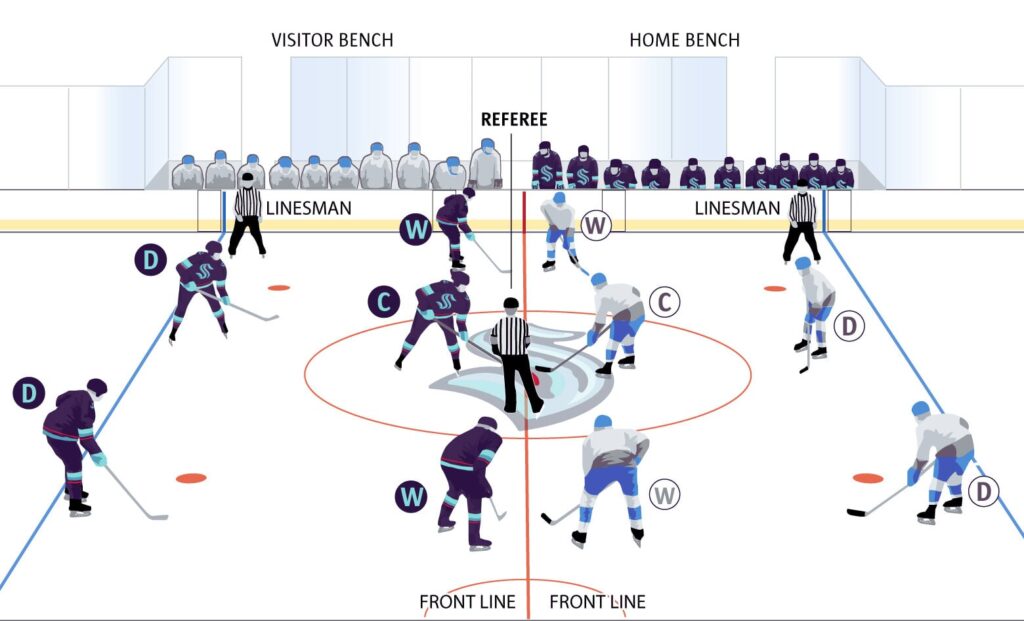
Hockey is a dynamic and exciting sport played on an ice rink. The basic objective is to score goals by hitting a puck into the opponent’s net using a hockey stick. A few fundamental rules include:
- The game consists of three 20-minute periods with 15-minute intermissions after the first and second periods.
- The playing surface is 200 feet long by 85 feet wide, with nets that are 6 feet wide by 4 feet high.
- Players are not allowed to hold the end of the stick above their shoulders, and actions like tripping and cross-checking are considered fouls.
- Other violations include deliberately shooting or batting the puck out of the playing area and displacing the goal deliberately from its normal position.
Understanding these basic elements can enhance the appreciation of the game’s flow and strategy.
Key Rules of the Game
The provided search results do not directly relate to a specific game’s rules but offer a mix of different contexts, including a guide to ice hockey rules, a mental game known as “The Game,” and various unrelated content. For a focused answer on key rules in sports or games, it’s essential to specify the particular game. However, a universal rule across many sports and games, as indicated in one of the search results, is the importance of respecting your opponent. This foundational principle underscores sportsmanship and fair play, critical elements in the spirit of competitive activities.
The Structure of a Hockey Game
How Many Periods Are in a Hockey Game?
An ice hockey game consists of three periods, each lasting 20 minutes. Between the periods, two intermissions provide teams the opportunity to rest and strategize. If a game is tied at the end of the three periods in regular-season play, the NHL uses a five-minute, three-on-three overtime period to determine the winner. If the game remains tied after this overtime period, it then proceeds to a shootout.
Duration of Each Period
The duration of menstrual bleeding can vary widely among individuals but typically lasts from 2 to 7 days. It’s normal for periods to occur every 21 to 35 days. For the first few years after menstruation begins, longer cycles are common. The average period length is considered to be three to seven days. Periods can last up to 8 days, especially in adults who are not using any form of hormonal birth control or IUD.
Overtime and Shootouts
In ice hockey, if a game is tied after the three 20-minute regulation periods, teams proceed to a five-minute overtime (OT) period. The overtime is played with three skaters and one goalie per side, differing from the regulation play of five skaters. If the score remains tied after the overtime period, the game is decided by a shootout. During the shootout, each team selects shooters who take turns attempting to score on the opposing goalie. The shootout continues in rounds until a winner is determined.
The Significance of Periods in Hockey
Strategy and Periods
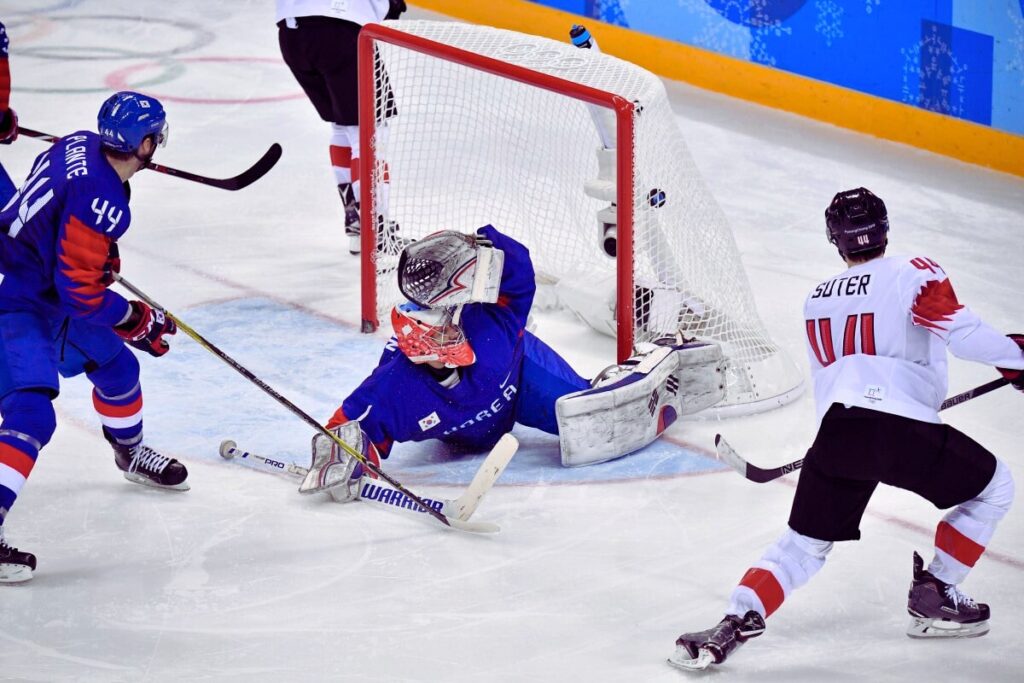
Strategies and periods can apply to various contexts, including health management, financial planning, and productivity optimization. Managing menstrual problems, for instance, involves a holistic approach that includes self-care, lifestyle adjustments, and seeking medical advice. In financial modeling, managing periods is crucial for including the necessary detail in strategic modeling. Strategies to combat menstruation-related myths in India suggest a strategic approach to addressing these issues. Furthermore, women can leverage their menstrual cycle phases as a productivity tool, aligning tasks with the physiological changes of each phase. In strategic planning, the planning period often ranges from 3 to 5 years, depending on industry-specific requirements. Lastly, promotional periods in marketing strategies can significantly impact consumer buying behavior, making it essential to explore various strategies during these times.
Rest and Recovery Between Periods
Rest and recovery are crucial components of an athlete’s training regimen, serving both physiological and psychological well-being. Active recovery, which includes light exercises that increase blood circulation, helps in the removal of waste products from tissues affected by intense workouts. These rest days are essential not just for the physical recuperation of the body but also for mental health, preventing burnout and ensuring athletes remain motivated and prepared for subsequent training sessions.
Rest and recovery strategies include both short-term daily rest as well as long-term recovery periods integrated into a seasonal training schedule, allowing for days or weeks off to fully recuperate. Adequate sleep is another critical aspect of an athlete’s recovery process, providing a foundation for managing fatigue and enhancing overall recovery. General recommendations suggest taking 1 to 3 rest days per week, emphasizing that these days are vital for proper recovery from the physical stress of exercise. During rest days, muscles begin to heal, and opting for rest-day workouts can further facilitate faster recovery by promoting muscle repair.
Variations Across Leagues
NHL vs. International Play
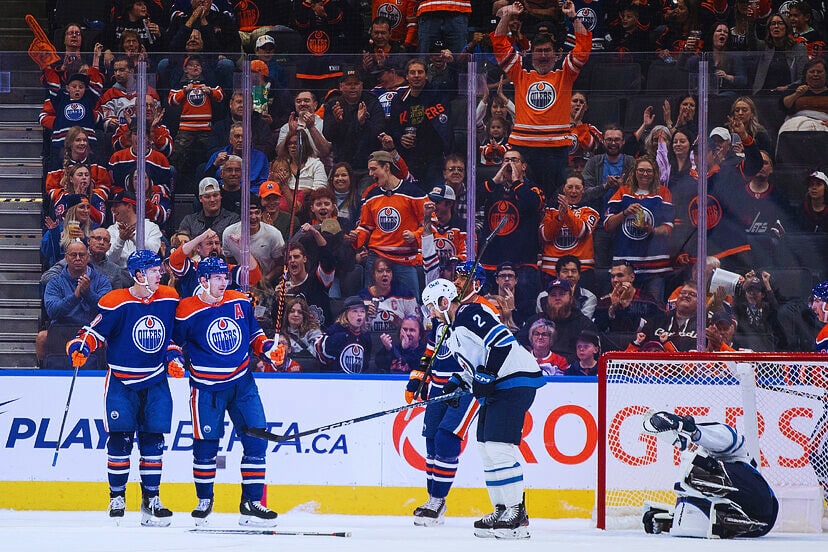
There are several key differences between the NHL and international play governed by the IIHF, including:
- Roster Size: In the NHL, teams can dress a maximum of 18 skaters and two goaltenders for a game. The IIHF allows for different roster sizes, typically larger to accommodate international tournament play.
- Ice Rink Size: NHL rinks are smaller compared to the IIHF or Olympic-sized rinks. This difference affects the style of play, with the larger international ice surface favoring speed and agility.
- Fighting Rules: In the NHL, players involved in a fight typically receive a five-minute major penalty. In IIHF play, fighting is more strictly penalized, often leading to game misconduct or expulsion from the game.
These differences highlight the distinct approaches to hockey between the NHL and international competitions, affecting strategies, gameplay, and athlete management.
College and Junior Hockey
College and Junior hockey serve as critical pathways for developing hockey talent in the United States. The NCAA represents the college hockey route, providing athletes with the opportunity to compete at a high level while pursuing a college education. This path emphasizes academic achievement alongside athletic development, offering scholarships to student-athletes at many institutions.
Junior hockey in the U.S. includes several leagues, such as the United States Hockey League (USHL), North American Hockey League (NAHL), and North American 3 Hockey League (NA3HL), overseen by USA Hockey. These leagues are designed for players typically between the ages of 16 and 21, focusing on developing young talent for higher levels of play, including college hockey. Some players also take college classes during their junior careers, balancing education with intensive hockey training.
Additionally, there are a few junior college men’s ice hockey teams, providing another avenue for student-athletes to play competitively while attending a two-year community or junior college.
Preparing for a Hockey Game
Physical Preparation
Preparing for a hockey game involves a combination of physical and mental readiness. Here are key steps to ensure optimal performance:
- Nutrition and Hydration: Eat a balanced meal with protein, slow-acting carbs, and a variety of vegetables to replenish energy levels. Stay hydrated by drinking plenty of water throughout the day, and ensure to eat at least an hour before game time.
- Physical Warm-Up: Engage in a routine that includes dynamic stretching and exercises specific to hockey. This prepares your muscles and joints for the intense activity to come.
- Mental Preparation: Mental readiness is as crucial as physical preparation. Techniques such as visualization, setting performance goals, and positive self-talk can enhance focus and confidence.
- Game Day Routine: Establish a consistent game day routine that includes proper sleep, a nutritious meal plan, and mental preparation strategies. This routine helps minimize negative stress and optimizes performance.
Mental Preparation
Mental preparation is a crucial component for achieving peak performance in various activities, including sports. Here are some effective techniques:
- Never Skip Preparation: Acknowledge the importance of mental preparation as part of your routine to enhance performance.
- Acknowledge Your Feelings: Recognize and accept your emotions as part of the process, helping you to address and manage them effectively.
- Control Your Breathing: Practice deep breathing to relax both your mind and body, reducing physiological and psychological arousal.
- Use Imagery: Visualize yourself succeeding and performing well in your activity to boost confidence and readiness.
- Mental Simulation: Engage in mental rehearsals of your performance, envisioning the process and outcome to enhance your game-day readiness.
- Develop a Routine: Establish a consistent mental preparation routine that includes visualization, breathing exercises, and acknowledging feelings to ensure you are in the best mindset to compete.
Famous Games with Unusual Period Lengths
Historical Matches
Historical hockey matches span from legendary Olympic showdowns to epic NHL season games. One of the most epic ice hockey matches, often celebrated for its intensity and historical significance, could be among those covered by ESPN’s list of all-time greatest games. The roots of hockey itself trace back thousands of years, with forms of the game played in ancient Egypt and Ethiopia, underscoring the deep historical context of the sport.
Significant matches in hockey history also include the Ice Hockey Varsity Match between Cambridge and Oxford University Ice Hockey Clubs, a competition steeped in tradition and rivalries dating back to origins in the 19th century. The NHL records for the most wins in a season highlight teams like the Boston Bruins (2022-23), Detroit Red Wings (1995-96), and Montreal Canadiens (1976-77, 1977-78) that have set high standards in the league’s history. For a visual depiction of historic matches, YouTube provides access to footage that captures the drama and excitement of what some consider the most epic ice hockey match in history.
Modern Marvels
The search results do not directly mention an episode of “Modern Marvels” that specifically focuses on hockey. “Modern Marvels” is a documentary series that explores technological achievements and innovations across various fields, including sports technology. While the series has covered a wide range of topics over its many seasons, including sports technology and equipment, there is no direct reference to an episode exclusively about hockey in the provided search results.
For detailed insights into hockey-related technology or innovations, one might need to look at other episodes that broadly cover sports equipment or technology advancements in sports, as “Modern Marvels” has episodes that explore various aspects of engineering and technological advancements in a wide array of fields. It’s also possible that hockey technology and equipment have been featured as part of episodes that cover sports technology in general.
Conclusion
Understanding the period structure in hockey is fundamental to appreciating the game’s depth and strategic nuances. Whether you’re a new fan or a seasoned enthusiast, recognizing the importance of periods can enhance your viewing experience, offering insights into the game’s pace, strategy, and physical demands.
Read also: What Dinosaur Has 500 Teeth?
